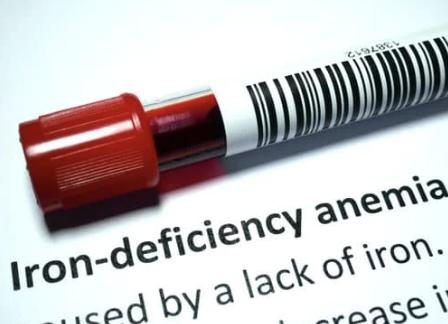Iron is an inorganic mineral that the human body needs for growth and development and is used in the body to make a protein in red blood cells, which takes oxygen from the lungs to all body parts called Hemoglobin and a protein that carries oxygen from the muscles called Myoglobin.
The scarcity of iron in the body causes iron deficiency which causes poor growth and development, a common health issue in children. In addition, the red blood cells get reduced in numbers due to an inadequate amount of iron in the body, termed iron deficiency anemia.
A child is born with stored iron in the body but needs some additional for proper and rapid growth and development.
Recommended amount
The recommended amount of iron for children with different age groups
* 1-3 years old children need7 mg
* 4-8 years old need 10 mg 9-13 years old need 8mg.
Risk factors
* Children with dietary restrictions due to other health concerns
* An overweight or obese child
* If the intake of soy, cow, or goat milk is more than 24 ounces
* Exposure to lead
Causes
* Blood loss due to injury, GI bleeding, or menstruation (in girls)
* Body changes (in a growing state child’s body needs more iron)
* GIT Issues: Children who have GI issues do not absorb iron properly can cause poor or no iron absorption in the body.
Symptoms
* Yellow or pale skin
* Cravings for ice, dirt, paint, or starch (non-nutritive or odd substances), also known as pica.
* Peevishness
* Soreness of tongue or a swollen tongue
* Spleen enlargement
Tips to overcome iron deficiency
* Consume Iron rich diet
Make the children eat the following foods
* Nuts, dried fruit such as raisins, prunes, apricot, oats, tofu, egg yolk, brown rice, whole wheat bread, and a yeast-leavened roll.
* Dark green leafy vegetables such as cabbage, collards, kale, turnip greens, broccoli,
* Legumes: Such as green peas, lima beans, chickpeas, dry beans, pinto beans, canned baked beans, and black-eyed peas.
* Introduce Iron-fortified foods
Such as cereals, pasta, rice, spinach, sweet potatoes, beet greens, string beans, and bread.
* Animal source of iron
Make the children eat lean meat, lamb, beef, organ meat such as liver, Poultry such as duck, turkey, dark meat, and fish: sardines, oysters, clams, mussels, and shellfish.
* Limit calcium-rich foods intake
Avoid the consumption of yogurt, cheese, and milk with iron-rich foods or right after that, as calcium binds the iron and stops its absorption.
* Vitamin C-rich foods
Increase the intake of vitamin C-rich foods such as:
* Tomato, bell pepper, strawberry, and orange juice for iron absorption.
* Iron supplementation
* Give Iron pills or drops as suggested by a pediatrician.
Always give the children supplements on an empty stomach with vitamin C sources such as orange juice for absorption. As if taken on a heavy stomach can cause stomach issues or stain bowel movement.
* Intravenous iron intake is needed if the child does not take drops or pills and has severe iron deficiency.
* Improve your cooking methods and avoid boiling or overcooking to save the iron content of food.
* Educate the children about Iron rich foods and their benefits.
Conclusion
Iron is a mineral body needs to make Hemoglobin or Myoglobin. The deficiency can cause iron deficiency or Anemia, which leads to poor growth and development. School-going children need iron for better performance in school, along with all other micro and macronutrients. Educate the children about a balanced diet. Do not take iron and calcium-rich foods together or right one after another. Instead, take vitamin C with iron-rich foods for better absorption in the body. Iron supplements or fortified foods can help avoid or manage iron deficiency.

